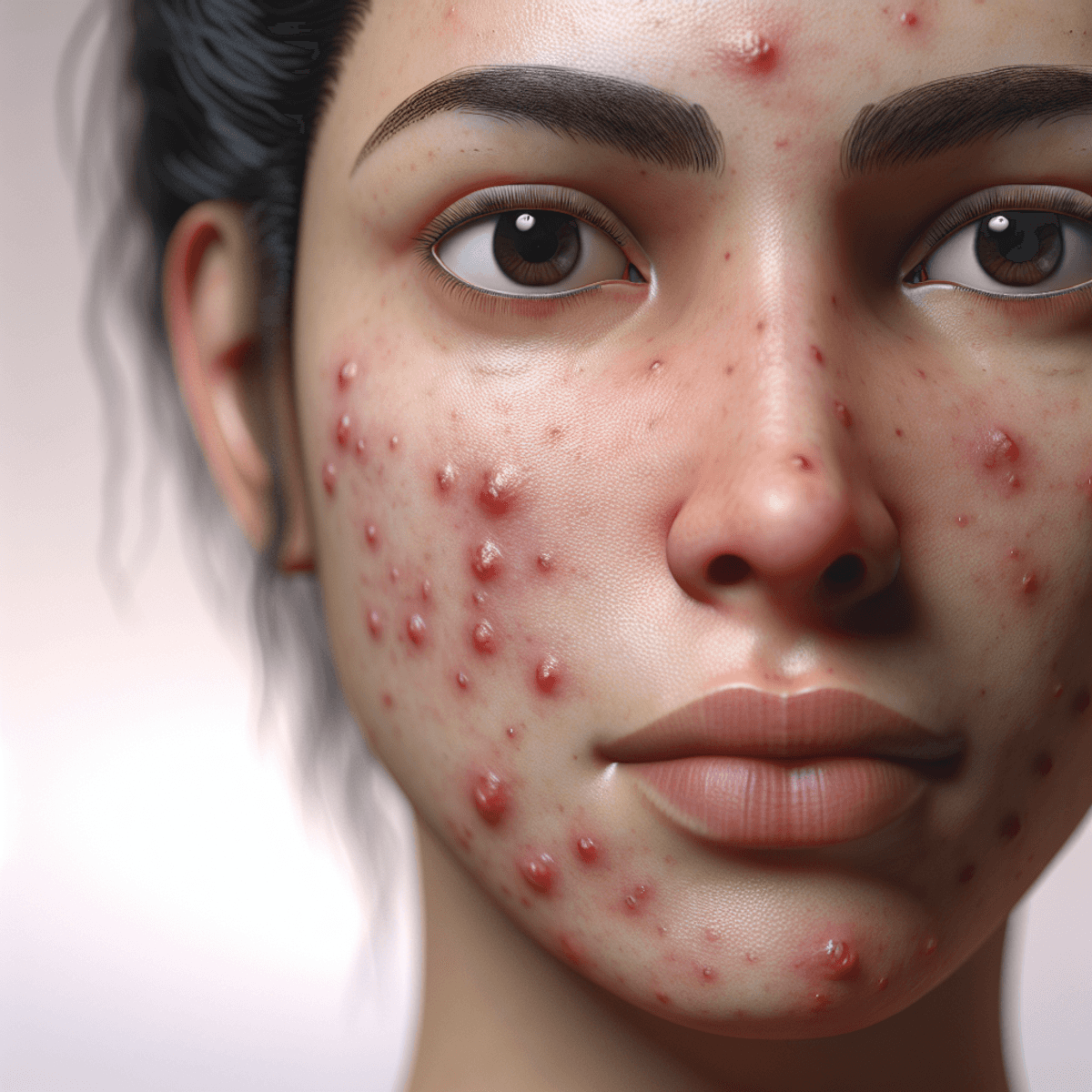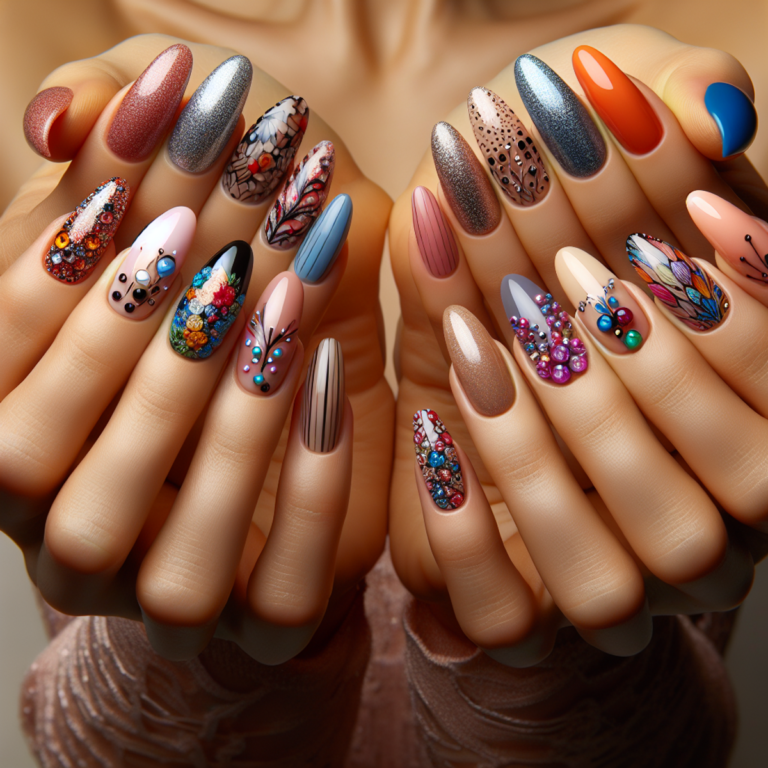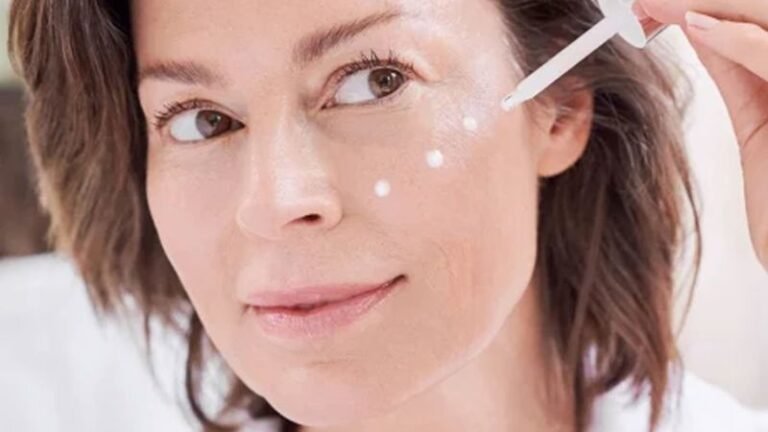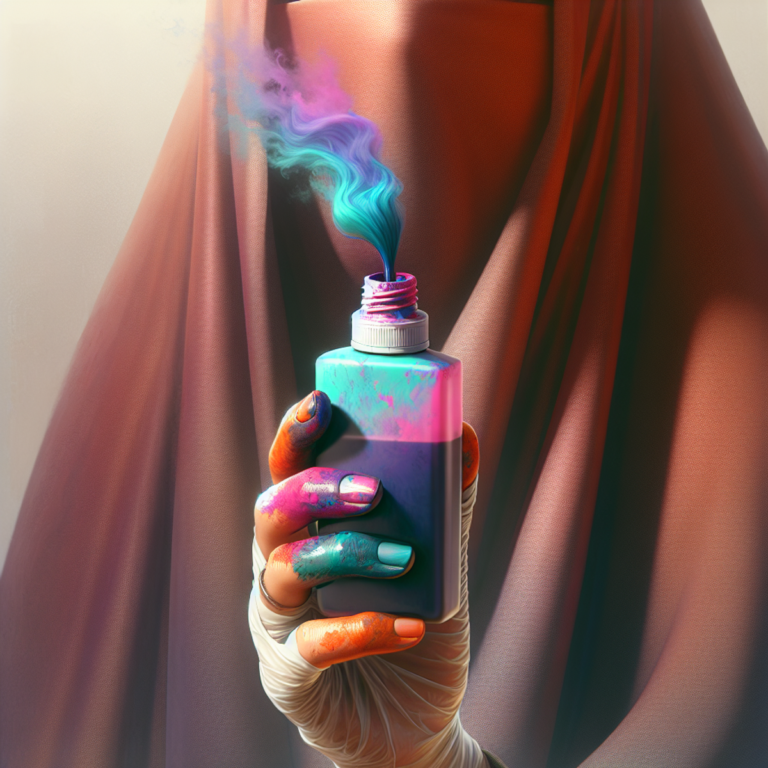How to shrink a cystic pimple

Introduction
Cystic pimples are a severe form of acne characterized by large, painful bumps that form deep under the skin. Unlike regular pimples, cystic acne occurs when hair follicles become clogged with oil and dead skin cells, creating an environment where bacteria can thrive and cause inflammation. These pimples are often red, inflamed, and can be persistent, sometimes leading to scarring.
How Cystic Pimples Affect Your Skin
- Pain and Discomfort: Cystic pimples are not only unsightly but also painful.
- Inflammation: They lead to significant swelling and redness.
- Scarring: If not treated properly, they can leave permanent scars.
Why Understanding Treatment Options Matters
Effective treatments can help shrink cystic pimples quickly and promote long-term skin health. Knowing how to get rid of pimples fast is crucial for minimizing discomfort and preventing potential scarring. Whether you opt for over-the-counter solutions or professional treatments, understanding your options is the first step in achieving clearer skin.
This guide will explore various methods on how to shrink a cystic pimple fast, offering practical advice for immediate relief and long-term management.
Understanding Cystic Pimples
Definition and Differences
Cystic pimples are a severe form of acne characterized by large, painful bumps that form deep under the skin. Unlike other types of acne, such as blackheads or whiteheads, cystic pimples do not surface easily and are often red and inflamed. They can persist for weeks or even months, potentially leading to scarring if not treated properly.
Common Causes and Triggers
Several factors contribute to the development of cystic acne:
- Hormonal Changes: Hormonal fluctuations during puberty, menstruation, pregnancy, and conditions like polycystic ovary syndrome (PCOS) can trigger cystic acne.
- Genetics: If you have a family history of severe acne, you are more likely to develop cystic pimples.
- Bacterial Infections: The presence of bacteria like Propionibacterium acnes can exacerbate inflammation and lead to cyst formation.
- Clogged Pores: Excess oil production combined with dead skin cells can block hair follicles, creating an environment where bacteria thrive.
- Diet: High glycemic foods and dairy products have been linked to increased acne severity in some individuals.
Understanding these causes helps in identifying how to get rid of pimples on the face effectively. Adopting preventive measures such as maintaining a balanced diet and consistent skincare routine can help manage symptoms. For those seeking how to remove pimples naturally and permanently, lifestyle adjustments and natural remedies may offer relief.
Using this knowledge about cystic acne’s root causes can guide effective treatment strategies.
Fast Treatments for Cystic Pimples
1. Topical Solutions for Quick Relief
Topical solutions are often the first line of defense when dealing with cystic pimples. Over-the-counter products like benzoyl peroxide and salicylic acid offer fast treatment options that can significantly reduce the size of cystic pimples.
Over-the-Counter Options
- Benzoyl Peroxide: This ingredient is known for its ability to kill acne-causing bacteria. By reducing bacterial growth, benzoyl peroxide helps to diminish inflammation and redness. Products containing 2.5% to 10% benzoyl peroxide are widely available and can be used directly on the affected area.
- Salicylic Acid: A beta hydroxy acid (BHA), salicylic acid penetrates deeply into the pores to exfoliate dead skin cells and unclog them. This process helps to prevent future breakouts while also reducing the size of existing cystic pimples. Salicylic acid is commonly found in concentrations ranging from 0.5% to 2%.
Prescription Options
Prescription options can offer even more potent and targeted treatments:
- Tretinoin: Derived from vitamin A, tretinoin accelerates cell turnover, pushing clogged material out of the pores faster than the skin would naturally do so. Available only through a prescription, tretinoin is typically applied at night due to its potency and potential for causing initial irritation.
- Clindamycin: This antibiotic works by inhibiting bacterial growth and reducing inflammation. Clindamycin is often prescribed as a topical gel or lotion and is particularly effective when combined with benzoyl peroxide or tretinoin for a synergistic effect.
Using these topical solutions consistently can lead to visible improvements in a short period, providing quick relief from the discomfort and unsightly appearance of cystic pimples. For best results, it’s essential to follow product instructions carefully and consult a healthcare professional when considering prescription treatments.
2. Warm Compresses to Bring Cysts to the Surface
Warm compresses are a fast treatment method that can provide quick relief for cystic pimples by reducing inflammation and promoting the healing process. The heat from the compress helps to increase blood circulation to the affected area, which can bring the cyst closer to the surface, making it easier for your body to naturally drain and heal the pimple.
How Warm Compresses Work:
- Inflammation Reduction: Heat from the warm compress dilates blood vessels, increasing blood flow and reducing inflammatory responses around the cystic pimple.
- Enhanced Healing Process: The increased circulation helps deliver more oxygen and nutrients to the affected area, accelerating the healing process.
- Pain Relief: Applying warmth can alleviate pain and discomfort associated with cystic pimples by relaxing surrounding tissues.
Step-by-Step Guide on Applying a Warm Compress Safely:
- Prepare Your Materials:
- A clean washcloth
- Warm water (not hot)
- A clean towel
- Heat the Water:
- Use warm water at a comfortable temperature (around 104°F or 40°C). Avoid water that is too hot to prevent burns.
- Soak the Washcloth:
- Submerge the washcloth in the warm water until fully saturated.
- Wring Out Excess Water:
- Remove excess water from the washcloth so it’s damp but not dripping.
- Apply to Affected Area:
- Place the warm, damp washcloth gently over the cystic pimple.
- Hold it in place for about 10-15 minutes.
- Repeat as Needed:
- For best results, repeat this process 3-4 times a day until you see improvement.
Using warm compresses as part of your cystic pimple treatment routine can help you achieve faster results by promoting natural drainage and reducing inflammation. Proper application ensures you maximize benefits while minimizing risks like skin irritation or burns.
3. Corticosteroid Injections for Rapid Relief (Dermatologist Treatment)
When to Consider Corticosteroid Injections
Corticosteroid injections are an effective fast treatment option for severe cystic pimples that do not respond well to topical solutions like benzoyl peroxide and salicylic acid. You might consider this approach if:
- The cystic pimple is particularly large and painful.
- Quick relief is necessary before a significant event.
- Over-the-counter or prescription topical treatments have failed.
Expected Results and Risks
Corticosteroid injections can rapidly reduce inflammation, providing quick relief within 24 to 48 hours. This method can significantly shrink the size of the cyst and alleviate pain almost immediately. However, there are risks involved:
- Skin Thinning: Repeated injections may cause thinning of the skin around the treated area.
- Discoloration: Temporary skin discoloration can occur post-injection.
- Infection: There’s a small risk of infection at the injection site.
What to Expect During the Procedure
During your dermatology appointment, you can expect the following steps:
- Examination: The dermatologist examines the cystic pimple to determine if it is suitable for corticosteroid injection.
- Preparation: The area around the pimple is cleaned and sterilized to prevent infection.
- Injection: A small amount of corticosteroid solution is injected directly into the cyst using a fine needle.
- Post-Injection Care: You may receive instructions on how to care for the treated area, including avoiding touching or applying products directly on it.
This method provides rapid relief and helps in minimizing potential scarring associated with untreated cystic pimples.
Overnight Solutions for Cystic Pimples
1. Hydrocolloid Bandages: A Spot Treatment for Cystic Pimples Overnight
Hydrocolloid bandages are a popular overnight treatment for cystic pimples, offering a practical solution to accelerate healing and reduce inflammation. These bandages work by absorbing excess fluid from the pimple and creating a moist environment that promotes faster healing.
How Hydrocolloid Bandages Work:
- Fluid Absorption: The hydrocolloid material is designed to draw out the fluids from a cystic pimple, which helps to reduce its size and alleviate discomfort.
- Protection: These bandages act as a protective barrier against external irritants, preventing bacteria and dirt from aggravating the pimple.
- Healing Environment: By maintaining a moist environment, hydrocolloid bandages support the skin’s natural healing process.
Benefits of Using Hydrocolloid Bandages:
- Overnight Efficacy: Applying these bandages before bedtime allows them to work throughout the night, making them an ideal option for those seeking fast results.
- Non-Invasive: Unlike other treatments that may require harsh chemicals or procedures, hydrocolloid bandages provide a gentle alternative.
- Reduced Scarring Risk: By keeping the area clean and protected, these bandages can help minimize the risk of scarring associated with cystic pimples.
Application Tips:
- Cleanse the Area: Before applying the hydrocolloid bandage, gently cleanse your face with a mild cleanser to remove any dirt and oil.
- Dry Thoroughly: Ensure the area is completely dry, as moisture can interfere with the adhesive properties of the bandage.
- Apply the Bandage: Place the hydrocolloid bandage directly over the cystic pimple, ensuring it covers the entire area.
- Leave Overnight: Allow the bandage to stay on overnight or for several hours during the day for optimal results.
When to Use Hydrocolloid Bandages:
- Early Stages of Cyst Formation: Applying these bandages at the first signs of a cystic pimple can prevent it from becoming more inflamed.
- During Breakouts: For those experiencing frequent cystic acne breakouts, keeping a supply of hydrocolloid bandages on hand can provide timely relief.
- Post-Treatment Care: After using other treatments like warm compresses or topical solutions, hydrocolloid bandages can support ongoing healing.
Hydrocolloid bandages offer an accessible and effective solution for managing cystic pimples overnight. Their ability to absorb fluid and protect the skin makes them a valuable addition to any acne treatment regimen. For more information about how hydrocolloid bandages work, you can check out this detailed article. Additionally, if you’re curious about the specific benefits of using hydrocolloid patches for acne, there’s plenty of useful information available online.
2. NSAIDs: Managing Pain While You Sleep (Ibuprofen)
Dealing with the pain of cystic pimples can be challenging, especially when you’re trying to get a good night’s sleep. Non-steroidal anti-inflammatory drugs (NSAIDs) like ibuprofen offer an effective overnight treatment to manage this discomfort.
Role of NSAIDs in Cystic Pimple Management
- Pain Relief: Ibuprofen acts as an analgesic, reducing the pain associated with cystic pimples by targeting inflammation.
- Anti-inflammatory Properties: Beyond just pain relief, ibuprofen helps to reduce the underlying inflammation that contributes to the swelling and redness of cystic acne.
How to Use Ibuprofen for Cystic Pimples
Taking an NSAID like ibuprofen before bed can provide significant relief from the throbbing pain of cystic pimples. Here are some tips for effective use:
- Dosage: Follow the recommended dosage on the packaging or as advised by your healthcare provider. Typically, a standard dose of ibuprofen ranges from 200 to 400 mg.
- Timing: Take ibuprofen approximately 30 minutes before bedtime to allow it time to start working.
- Hydration: Drink a full glass of water with your dose to help mitigate any potential gastrointestinal side effects.
Benefits of Using NSAIDs for Overnight Treatment
- Fast Results: Ibuprofen works quickly to alleviate pain and reduce inflammation, making it an ideal option for overnight pimple remedies.
- Improved Sleep Quality: By managing the discomfort associated with cystic pimples, ibuprofen can help you achieve a more restful night’s sleep, which is crucial for overall skin health and healing.
When combined with other methods like hydrocolloid bandages or warm compresses, NSAIDs can enhance your overnight treatment strategy, providing comprehensive relief from both pain and inflammation.
Natural Remedies for Cystic Pimples (Holistic Approach)
1. Dietary Considerations: Foods That Impact Acne Severity (High Glycemic Foods)
Understanding the connection between diet and cystic acne severity can be a game-changer in managing breakouts. Certain foods, particularly those with a high glycemic index, can trigger or exacerbate cystic pimples.
High Glycemic Foods to Avoid:
- Sugary Snacks: Candy, cookies, and cakes can cause spikes in blood sugar levels, leading to increased inflammation and acne.
- Refined Carbohydrates: White bread, pasta, and rice are quickly broken down into sugars, which may worsen acne symptoms.
- Sugary Beverages: Sodas and fruit juices often contain high levels of sugar that can contribute to skin issues.
- Fast Food: Many fast-food items are not only high in refined carbs but also unhealthy fats that can promote inflammation.
Healthier Alternatives:
- Whole Grains: Opt for quinoa, brown rice, and whole-grain bread instead of their refined counterparts.
- Fruits and Vegetables: Incorporate a variety of fruits and vegetables into your diet to provide essential vitamins and antioxidants that support skin health.
- Lean Proteins: Chicken, turkey, beans, and legumes can help maintain stable blood sugar levels without promoting inflammation.
- Water: Staying hydrated is crucial for overall health and can help flush out toxins that might contribute to acne.
Scientific Insight: Studies have shown that diets low in glycemic index foods can reduce the number of acne lesions. For example, a study published in the “Journal of the American Academy of Dermatology” found that participants who followed a low-glycemic diet experienced significant improvements in their acne severity compared to those on a high-glycemic diet.
Incorporating these dietary changes doesn’t just help manage cystic pimples; it promotes long-term skin health. By understanding how food impacts your skin, you can make more informed choices that benefit your overall well-being.
2. Gentle Cleansing: Skincare Routine Adjustments for Breakout Prevention
Maintaining a consistent skincare routine is crucial in managing cystic acne. Gentle cleansing plays a significant role in preventing breakouts, especially for those with sensitive skin prone to cystic pimples.
Key Considerations for a Gentle Cleansing Routine:
1. Choose the Right Cleanser
- Opt for non-comedogenic and fragrance-free cleansers.
- Look for products containing soothing ingredients like aloe vera or chamomile.
2. Cleansing Frequency
- Cleanse your face twice daily—morning and night.
- Avoid over-cleansing as it can strip the skin of natural oils, leading to increased oil production and potential breakouts.
3. Proper Technique
- Use lukewarm water to avoid irritating the skin.
- Apply the cleanser using gentle, circular motions with your fingertips.
- Rinse thoroughly and pat dry with a clean towel.
4. Avoid Harsh Scrubs
- Exfoliating scrubs can damage sensitive skin and exacerbate cystic acne.
- Instead, use a gentle chemical exfoliant like salicylic acid once or twice a week.
5. Moisturize Daily
- Even oily skin needs moisture. Choose an oil-free, non-comedogenic moisturizer.
- Ingredients like hyaluronic acid and ceramides help maintain the skin’s barrier without clogging pores.
6. Spot Treatments
Incorporate spot treatments containing benzoyl peroxide or salicylic acid to target active cysts without affecting surrounding healthy skin.
7. Sunscreen Application
Sunscreen is vital to protect against UV damage that can worsen acne scars. Use a broad-spectrum sunscreen specifically formulated for acne-prone skin.
Regular cleansing using gentle products helps manage existing cystic pimples and prevents new breakouts from forming. This approach aligns well with natural treatments and home remedies aimed at reducing acne severity through consistent skincare practices.
Professional Treatment Options for Cystic Pimples
For stubborn or severe cases of cystic acne that do not respond to at-home treatments, seeking professional help can be crucial. A dermatologist consultation provides access to advanced therapies and prescription treatments that target persistent cystic pimples effectively.
When to Seek Professional Help
- Persistent Acne: If your cystic pimples remain unchanged after consistent use of over-the-counter solutions.
- Severe Inflammation: When inflammation and pain are significant, impacting your daily life.
- Scarring Concerns: If you notice potential scarring or have a history of acne scars.
Available Treatments
- Prescription Medications: Dermatologists may prescribe stronger topical treatments such as tretinoin or clindamycin.
- Oral Medications: Antibiotics or hormonal therapies might be recommended for systemic treatment.
- Advanced Therapies: Options like isotretinoin (Accutane) for severe cases, or light and laser therapies to reduce inflammation and bacteria.
Consulting with a dermatologist ensures tailored treatment plans that address the root causes of cystic acne, improving skin health effectively.
FAQs (Frequently Asked Questions)
What are cystic pimples and how do they differ from other types of acne?
Cystic pimples are a severe form of acne characterized by large, painful lumps beneath the skin. They differ from other types of acne, such as whiteheads and blackheads, which are typically less inflamed and occur on the skin’s surface.
What are some effective fast treatments for cystic pimples?
Effective fast treatments for cystic pimples include over-the-counter topical solutions like benzoyl peroxide and salicylic acid, warm compresses to reduce inflammation, and corticosteroid injections administered by a dermatologist for rapid relief.
How can I use hydrocolloid bandages for cystic pimples?
Hydrocolloid bandages can be applied directly to cystic pimples to absorb excess fluid and promote healing. For best results, apply them overnight after cleansing the affected area.
What role does diet play in managing cystic acne?
Diet can significantly impact the severity of cystic acne. High glycemic foods should be avoided as they may exacerbate breakouts. Maintaining a balanced diet can help improve overall skin health.
When should I consider seeing a dermatologist for cystic pimples?
You should consider consulting a dermatologist if your cystic acne is stubborn or severe and does not respond well to at-home treatments. Professional options may include prescription medications or advanced therapies tailored to your needs.
What natural remedies can help with cystic pimples?
Natural remedies for cystic pimples include gentle cleansing routines suitable for sensitive skin, dietary adjustments to avoid high glycemic foods, and other holistic approaches that promote overall skin health.










